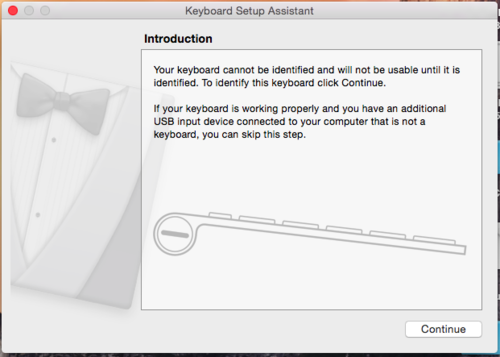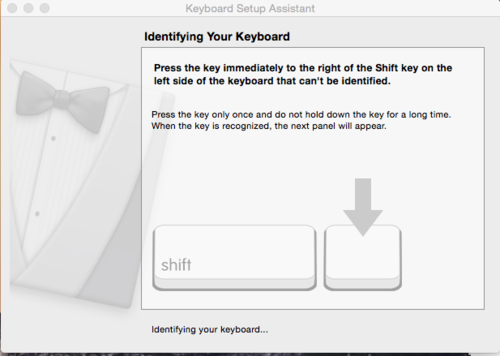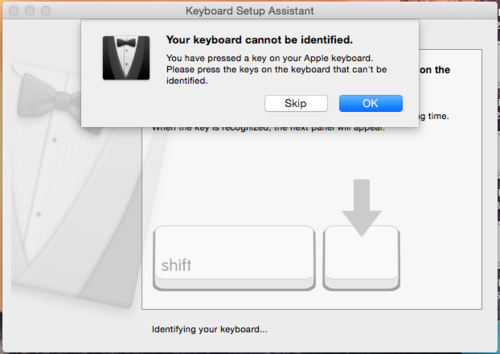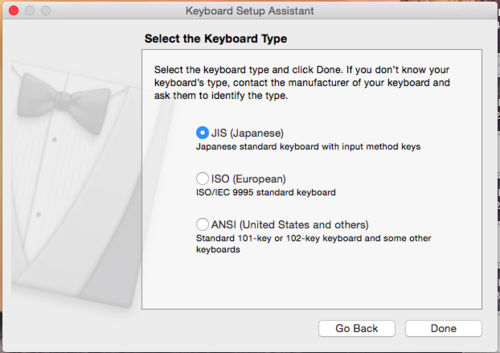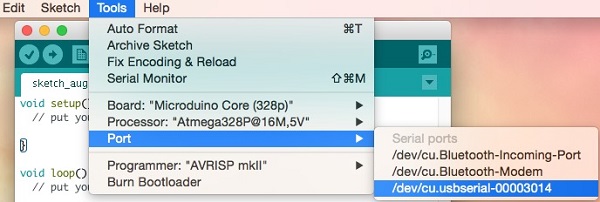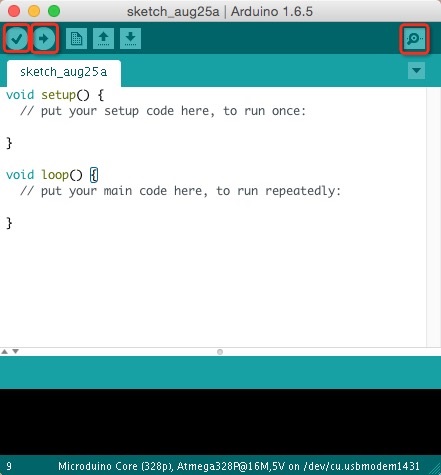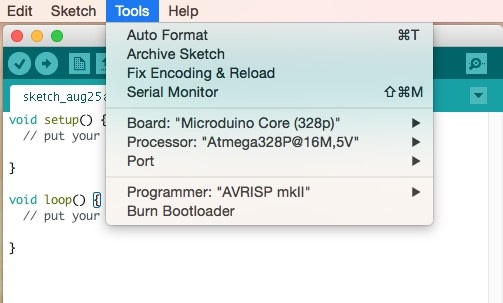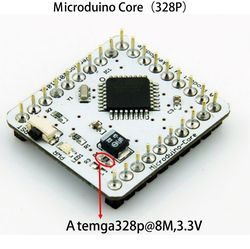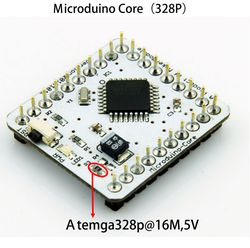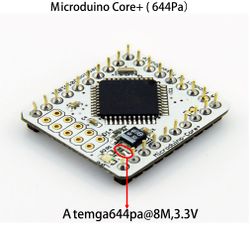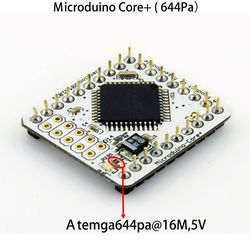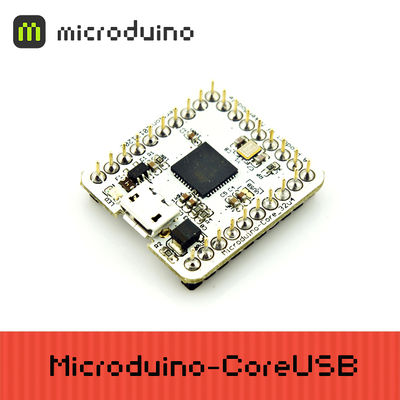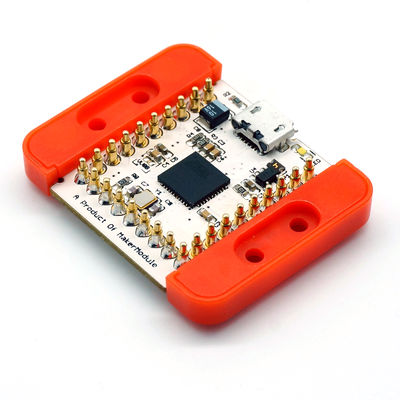“Getting started: Mac”的版本间的差异
(→Installation) |
(→Installation) |
||
| 第24行: | 第24行: | ||
*A popup will appear saying that your keyboard cannot be recognized. Click "Skip". | *A popup will appear saying that your keyboard cannot be recognized. Click "Skip". | ||
[[File:mCookie_GettingStart_3_EN.png|600px|center|thumb]] | [[File:mCookie_GettingStart_3_EN.png|600px|center|thumb]] | ||
| − | *Select the keyboard layout for your region. Click | + | *Select the keyboard layout for your region (ANSI for most users). Click done. |
[[File:mCookie_GettingStart_4_EN.png|600px|center|thumb]] | [[File:mCookie_GettingStart_4_EN.png|600px|center|thumb]] | ||
2015年10月23日 (五) 19:25的版本
| Language | English |
|---|
目录Download
https://www.microduino.cc/download/ Installation
System Preferences->Security and Privacy->Change "Allow apps downloaded from:" to Anywhere. 文件:Mac Damaged IDE.jpg 400px 文件:Mac Gatekeeper.jpg 400px
Confirm Drivers Successfully
Arduino IDE BasicsInterface
Tools
The Board Types
Uploading Code
|
